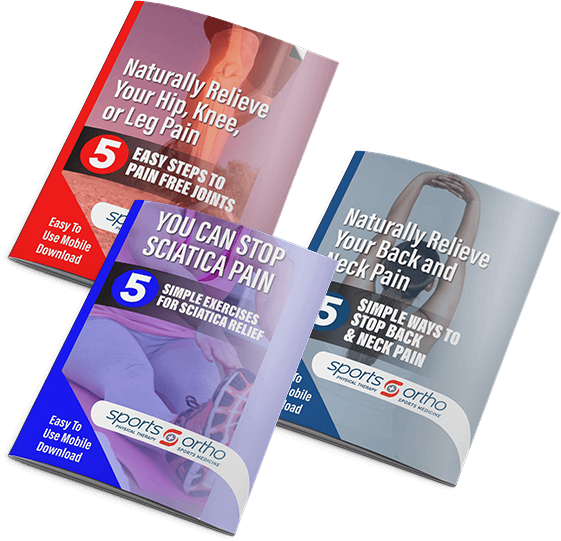Did You Know Changing Up Your Workout Could Improve Your Health and Wellness?
It’s easy to get into a rut or hit a plateau when you do the same exercise routine repeatedly. According to Women’s Health every time you complete the same routine your body becomes more adept at handling the stress.
This ultimately means you’ll start burning fewer calories. There are several things you can do to change your workout and ultimately improve results.
1. Find a new way of working out
If you usually jog, switch to swimming laps in the pool. If high-impact aerobics is your thing, try taking a spin class instead. To stay motivated you may want to team up with a partner.
Finding someone to jog with, play a round of tennis with, or simply make sure you both get to the same aerobics class can help you stick with something new.
While changing your workout will help you stay motivated and burn more calories, it can also result in new aches and pains. Incorporating physical therapy can do wonders for helping you ease into a new routine.
Physical therapy can help everything from building muscle strength to avoiding surgery when injuries occur. Contact Sports and Ortho Physical Therapy today to learn more!
2. Mix up the way you do your workouts
Doing the same exercises can still work if you mix things up a bit. If you jog and then swim laps in the pool, try swimming first and add a new swim stroke.
Even changing how many reps you do when lifting can make a difference. A Wellness report from U.S. News states that you should switch your routine around every 6 to 12 weeks for the best results.
3. Try your hand at interval training
Interval training consists of alternating intense bursts of activity with periods of lighter activity. An example would be sprinting for 30 seconds, running for 2 minutes, and alternating back and forth for the entire time you’re working out.
No matter what kind of routine you’re currently doing, it’s possible to incorporate times of high and low intensity. Shape states that interval training will enable you to burn more calories during your routine as well as boost your metabolism for up to 48 hours afterward.
4. Stretch, stretch, stretch!
Stretching exercises are a staple of physical therapy for many reasons.
You may have heard that stretching “cold” muscles isn’t ideal—which is true. Our bodies need to be adequately warmed up prior to stretching—otherwise, we increase our risk for injury and tissue damage.
This doesn’t mean you should never stretch at all before a workout, however. A simple 5-minute warm-up such as light jogging, brisk walking, and arm circles and leg swings is usually sufficient to get your joints and tissues warmed up and prepared for mobility work.
For many folks, dynamic stretches are the most effective for pre-workout mobility. Meanwhile, they’ll save static stretches and foam rolling for after the workout. Wondering what works best for you?
Our physical therapy staff is happy to help you problem-solve and figure out the best routine for your body.
5. Take preventative measures
As any athlete may know, nothing is worse than having to put your training on hold due to an unexpected injury. That’s why physical therapy for prevention is so important – your physical therapist can help you fix problem areas before they become an issue.
Your physical therapist will be able to assess your movements during the sport and identify any improper techniques. This will help in anticipating injuries before they occur and providing solutions for avoiding them.
When participating in physical therapy for preventative measures, many of your treatment plans will be focused around strength and endurance training, so you can make sure any areas of concern are as strong as possible. It will also focus on form and technique, so you can get to the root of any potential issues and fix them before they get worse.
6. Incorporate EMOM and AMRAP exercises
EMOMs stands for “Every Minute on the Minute.” For example, if you want to do an EMOM workout for 10 minutes, you can designate the even numbers for a specific exercise (such as squats), and then the odd numbers for a different specific exercise (such as pushups). That way, you are alternating between the same exercises, doing each for a full minute each time until the clock stops.
AMRAPs stands for “As Many Reps as Possible.” The name itself is pretty self-explanatory – basically, you are trying to do as many reps of a specific exercise as possible, in a predetermined period of time. For example, if you want to do an AMRAP workout for 5 minutes and you want to work on squats, you will try and do as many reps of squats as you can in a 5-minute time frame.
Get started today
Are you ready to change up your workout routine? Looking for more assistance? We can help! Contact Sports and Ortho today to get started and to learn more information about our training programs.
Sources:
- http://www.womenshealthmag.com/fitness/changing-up-workouts-for-weight-loss
- http://www.shape.com/fitness/cardio/10-ways-burn-more-calories-treadmill
- http://health.usnews.com/wellness/articles/2016-04-15/how-long-does-it-really-take-to-see-fitness-results
Tags: physical therapy, physical therapist, physical fitness, health, fitness, health and wellness, Sports and Ortho Physical Therapy, healthy living, Exercise, workout, Stay Active, physical activity




